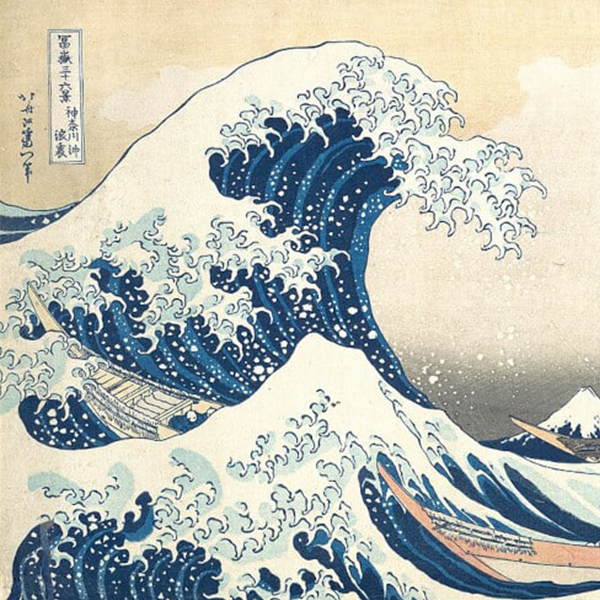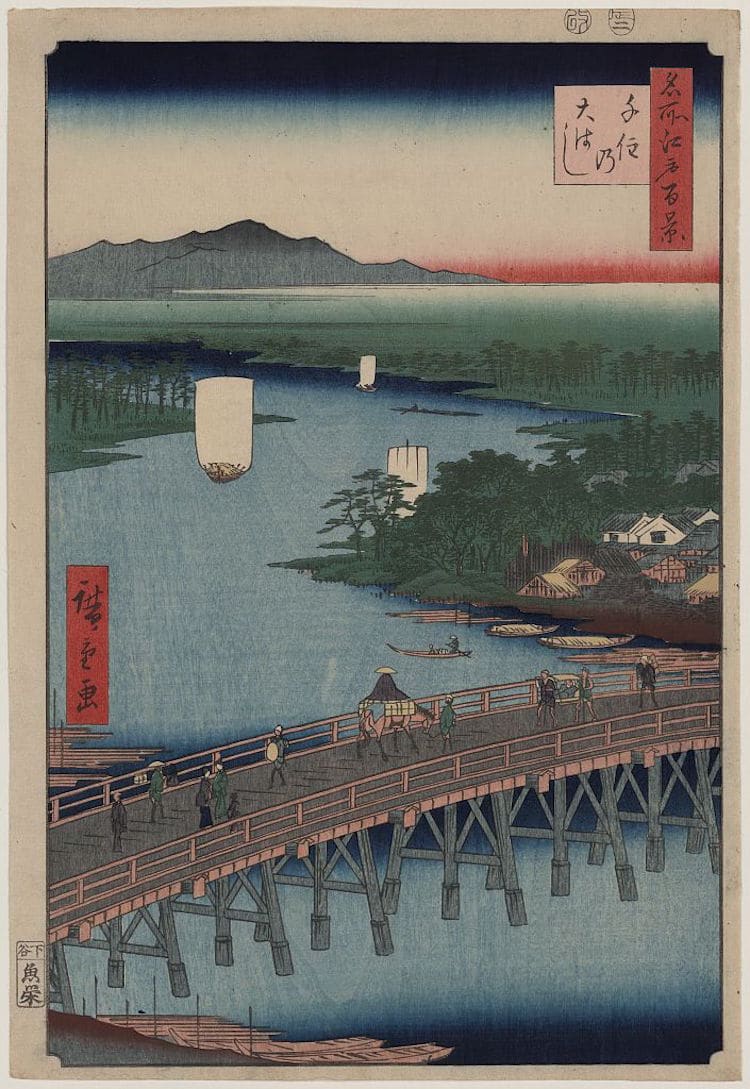
“Senju great bridge” by Utagawa Kuniyoshi (1856)
As a part of the Library of Congress‘ latest and largest digitization project, the esteemed institution has published over 2,500 reproductions of Japanese woodblock prints. Available for free on the Library of Congress' website, each beautiful work of Japanese art can be accessed, viewed, and downloaded with the click of a mouse.
Like all of the institution's digital reproductions, this series has been curated into a collection based on culture and chronology. Fine Prints: Japanese, Pre-1915 includes nearly 2,700 Japanese woodblock prints and traditional drawings produced between the 17th and 20th centuries. This rich selection of Japanese art highlights the country's predominant print traditions—Ukiyo-e (“Pictures of the floating world”) and Yokohama-e (“Pictures of Yokohama”)—and features masterworks from prolific printmakers, including Hiroshige, Hokusai, Kuniyoshi, Sadahide, and Yoshiiku.
While all 25 million pieces that compose the Library of Congress' recent digital release are historically and artistically significant, the works included in Fine Prints: Japanese, Pre-1915 are particularly significant. Until the middle of the 19th century, such works of art wouldn't leave Japan. According to the collection's description, this changed when “new trade agreements beginning in the 1850s resulted in an unprecedented flow of travelers and goods between Japan and the West,” ending 200 years of national seclusion. Now, thanks to the Library of Congress, these wonderful works of art will reach an even wider audience—no travel needed!
The Library of Congress has released over 2,500 reproductions of Japanese woodblock prints to the public. This collection of Japanese art is available for free on the institution's website.
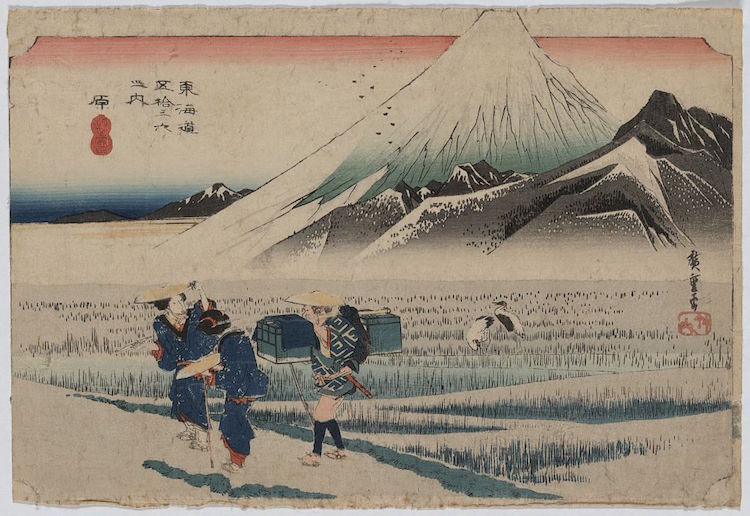
“Hara” by Andō Hiroshige (c. 1833-1836)
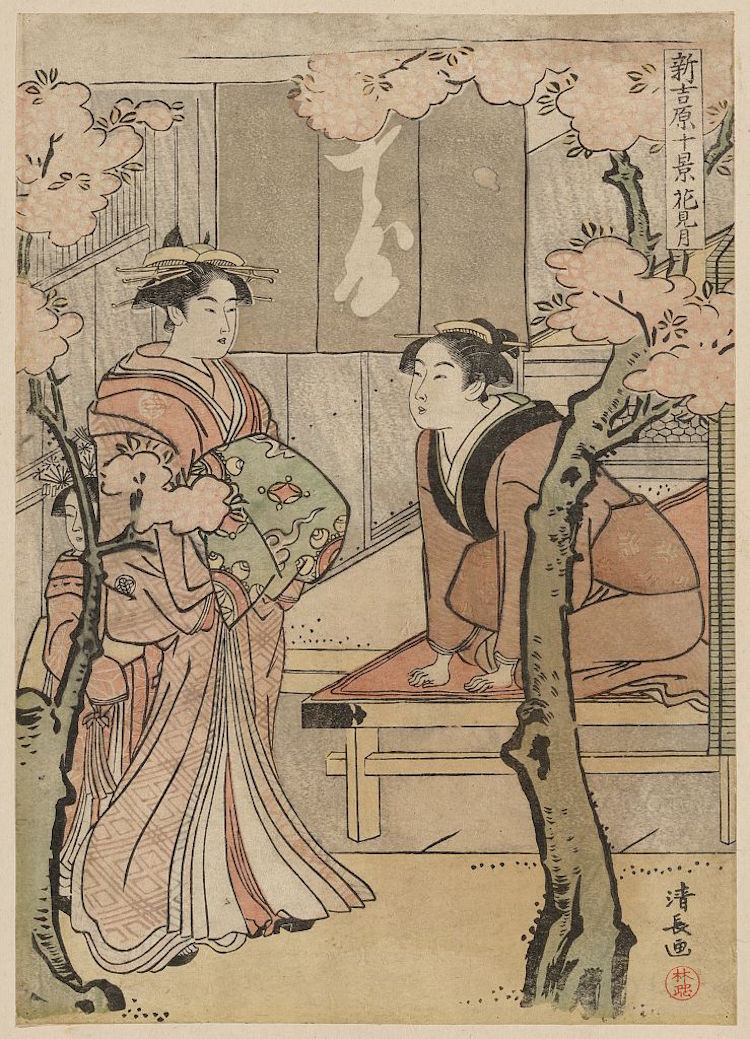
“Cherry blossom viewing month” by Torii Kiyonaga (c. 1785-1789)
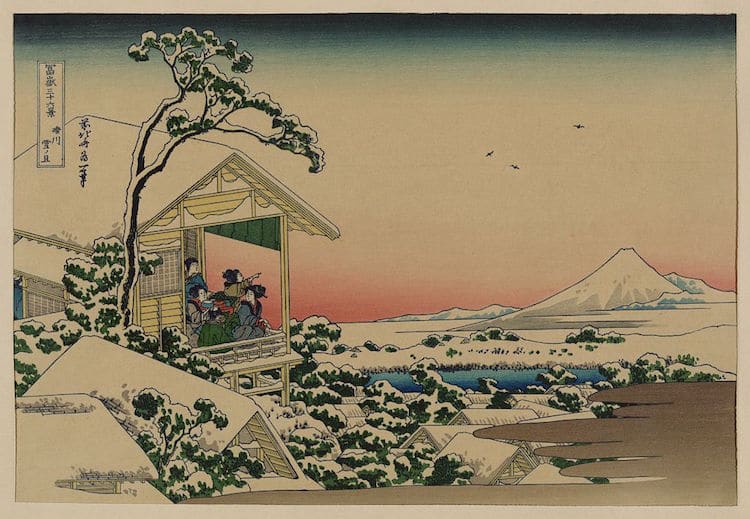
“Teahouse at Koishikawa the morning after a snowfall” by Katsushika Hokusai (c. 1890-1940)
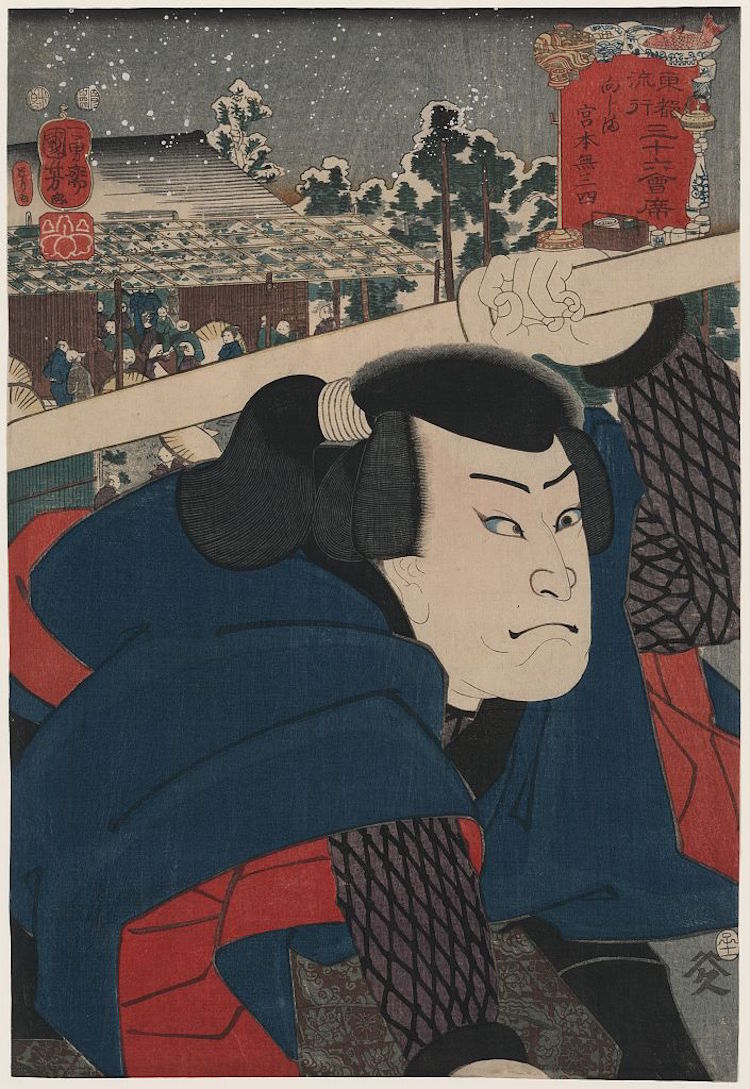
“Mukōjima miyamoto musashi” by Utagawa Kuniyoshi (1852)
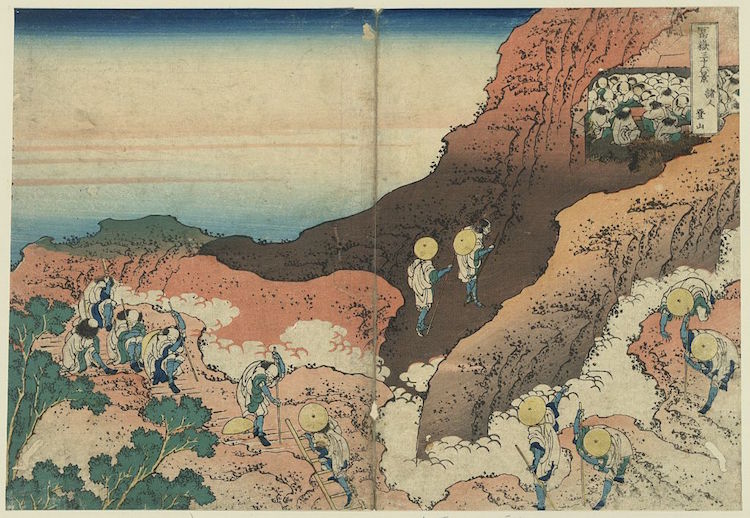
“Pilgrims climbing” by Katsushika Hokusai (1834)

“The courtier Minamoto no Muneyuki” by Katsushika Hokusai (c. 1835-1837)
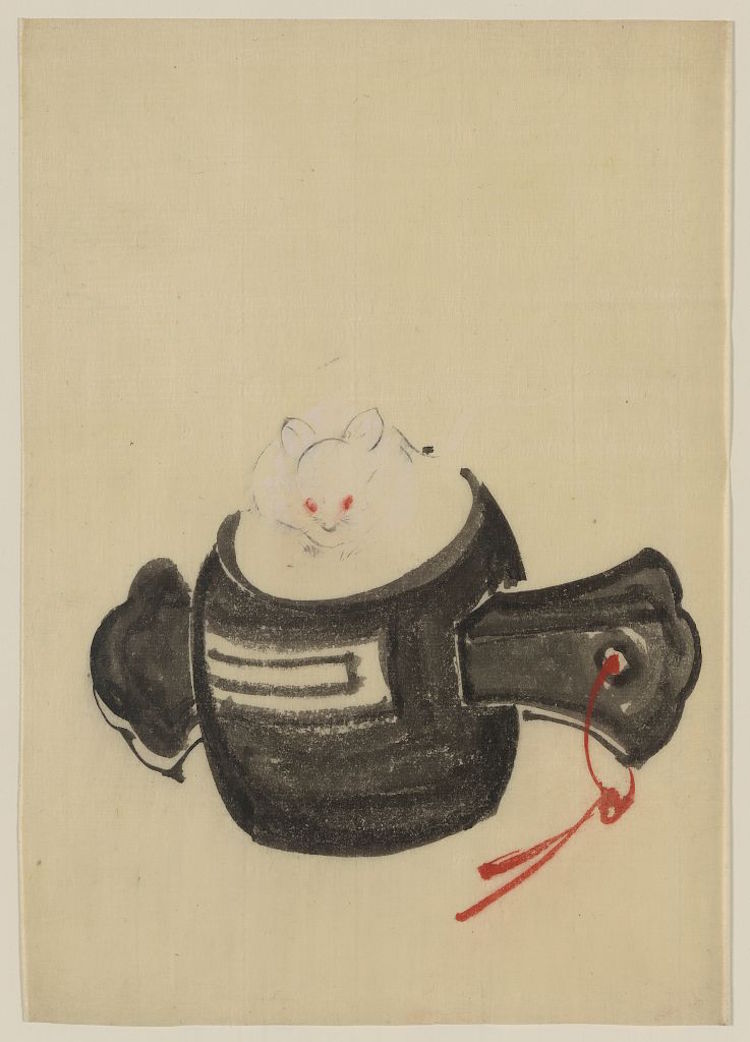
“Mouse, facing front, sitting on a mallet with red ribbon through a hole in the handle” by Katsushika Hokusai (c. 1830-1850)
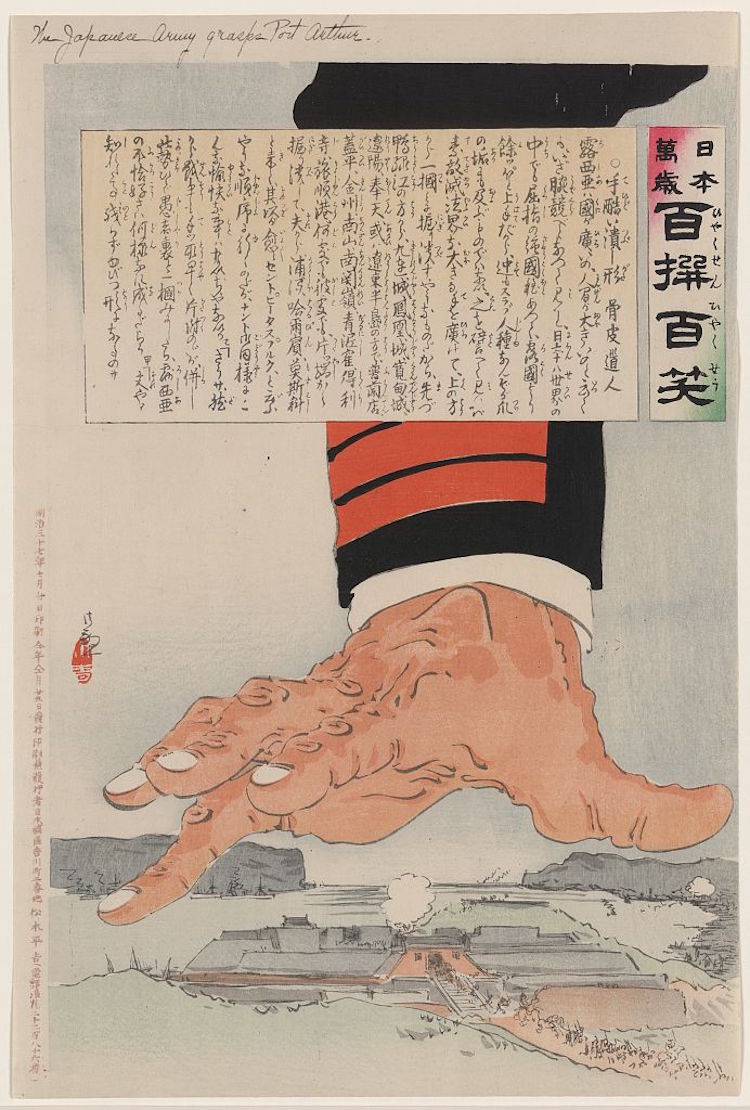
“Pressure from a heavy hand” by Kobayashi Kiyochika (1904)
Library of Congress: Website | Facebook | Instagram | Flickr
h/t: [Open Culture]
All images via Library of Congress.
Related Articles:
Library of Congress Makes 25 Million Records Available for Free
Getty Museum and Yale Art Center Are Offering Easy Access to Thousands of Images Online
Art History: Ancient Techniques and Evolution of Traditional Japanese Tattoos

















































































